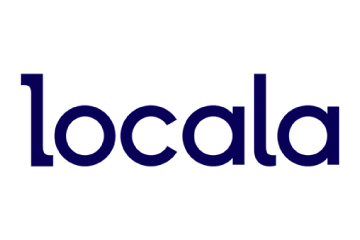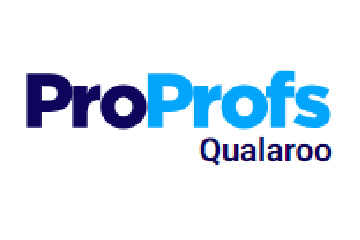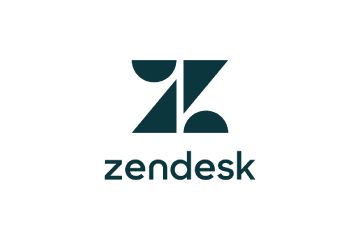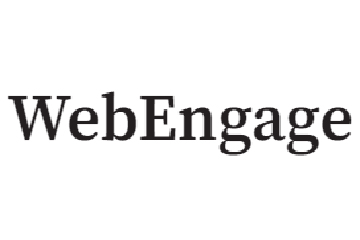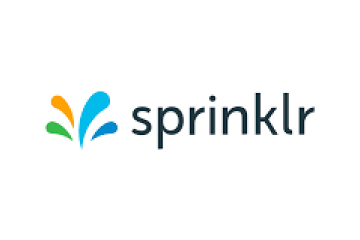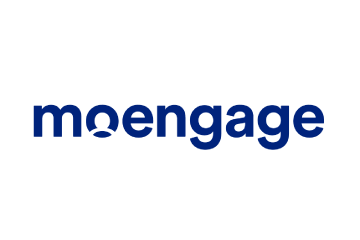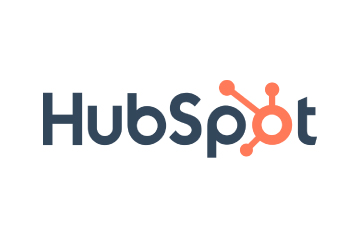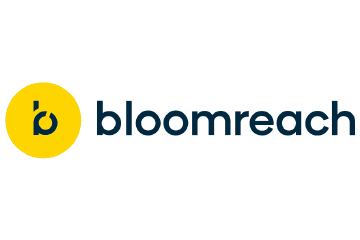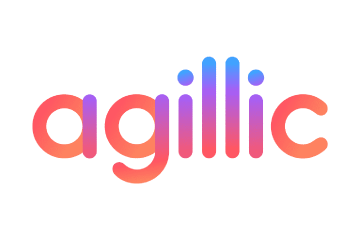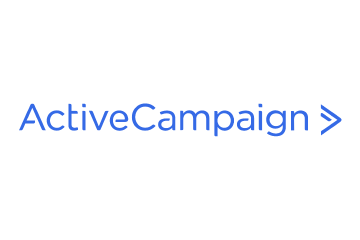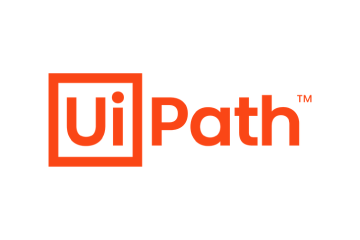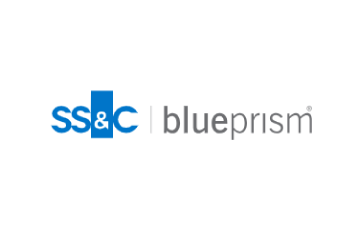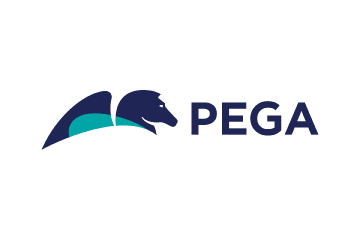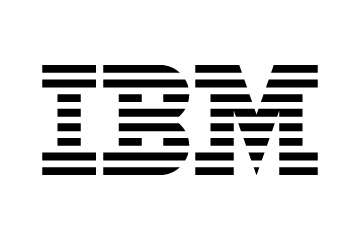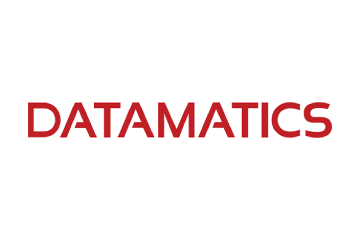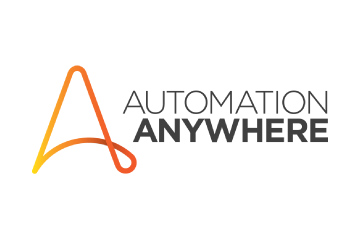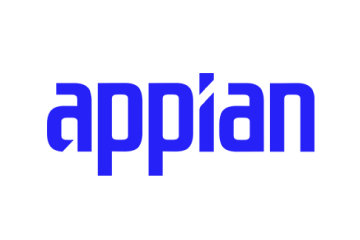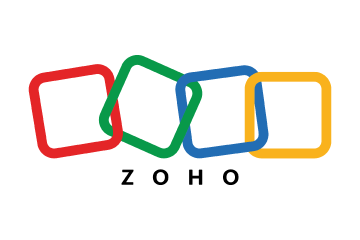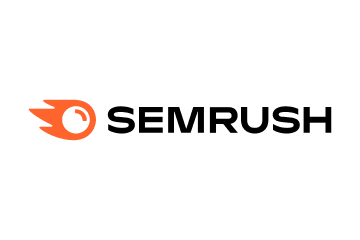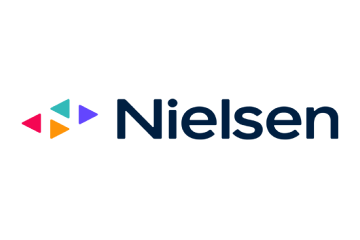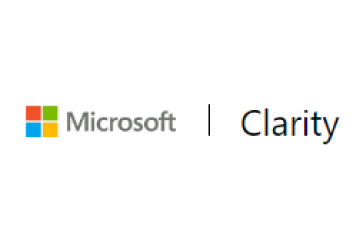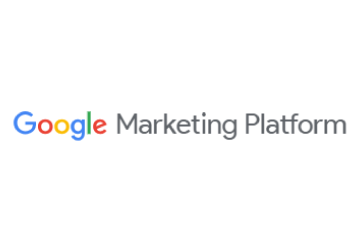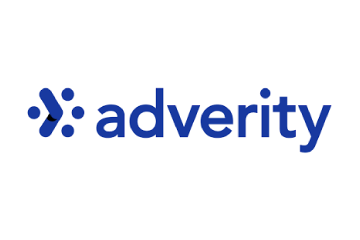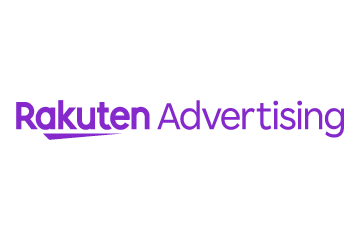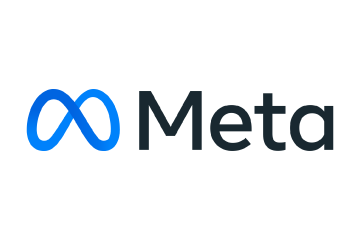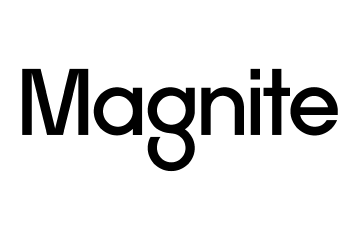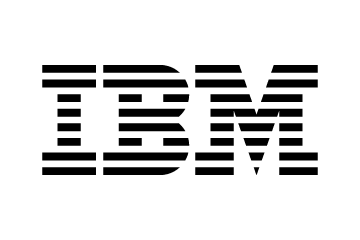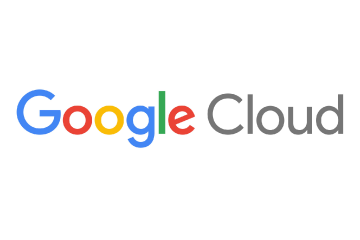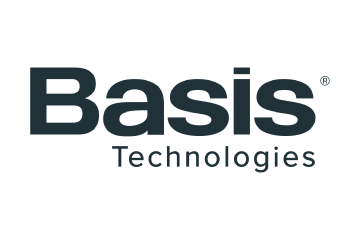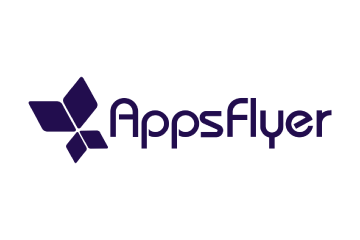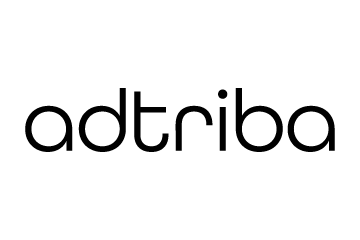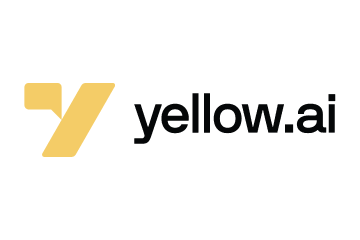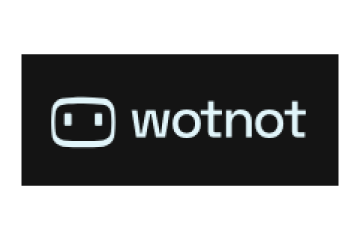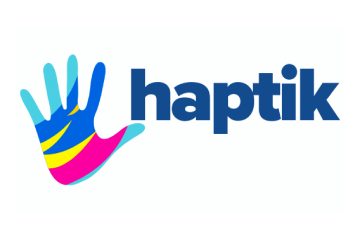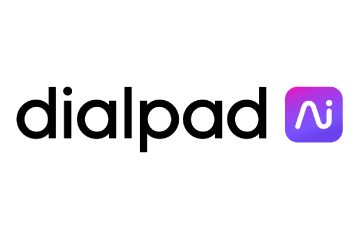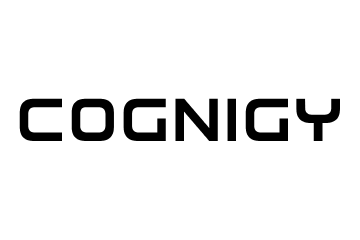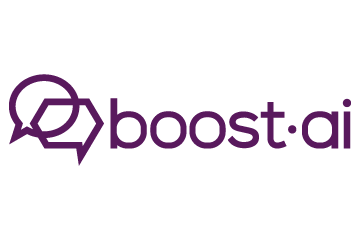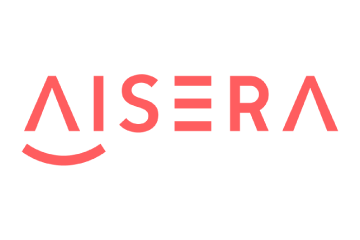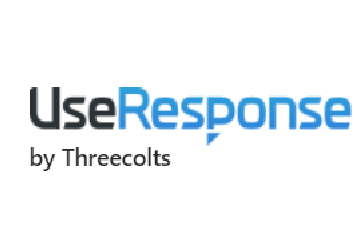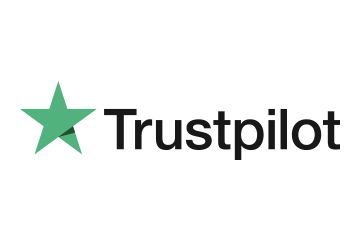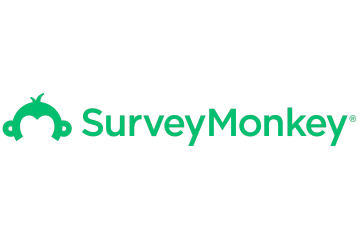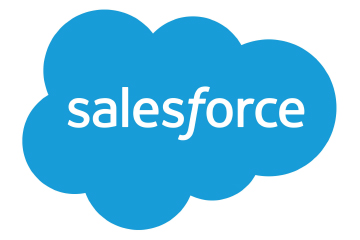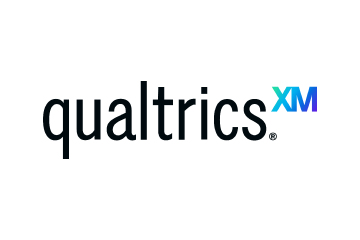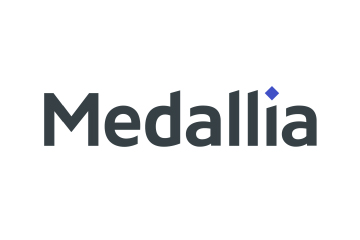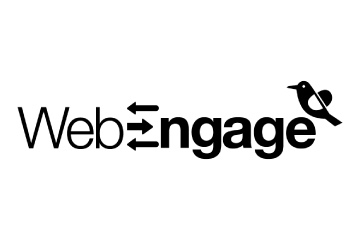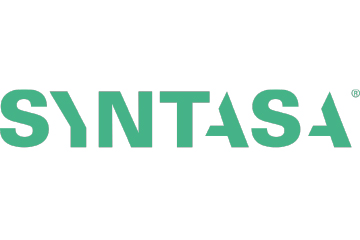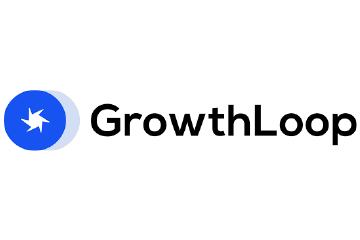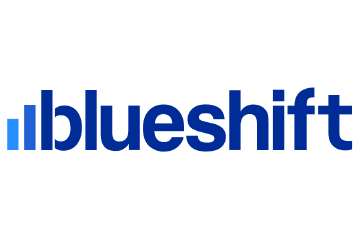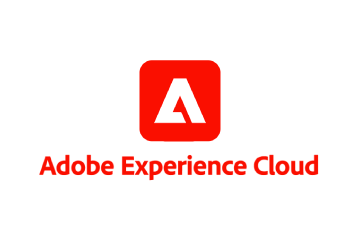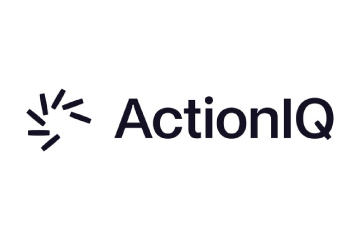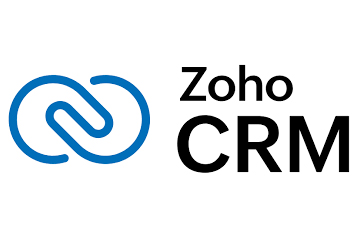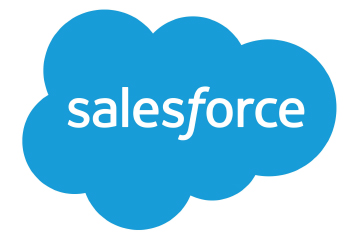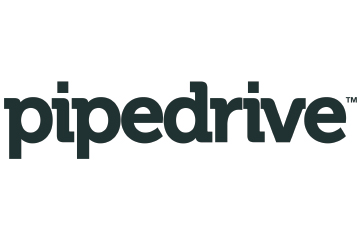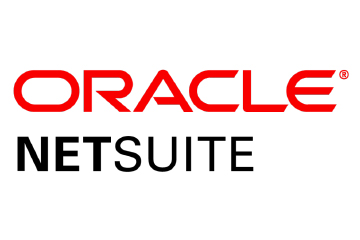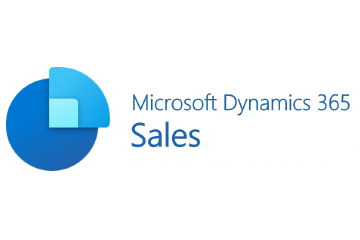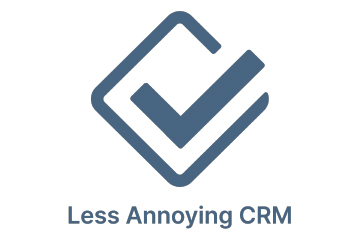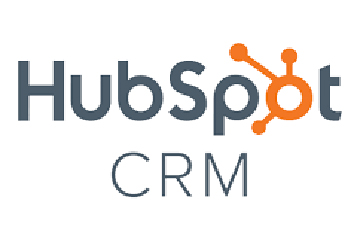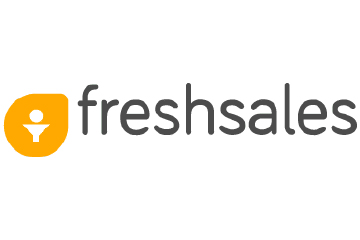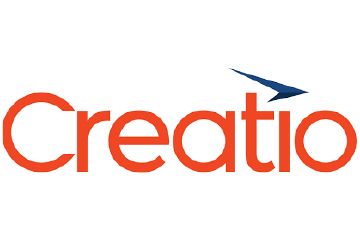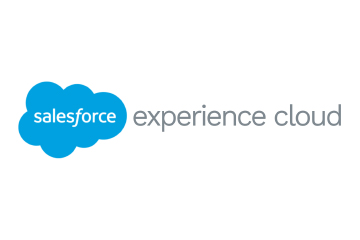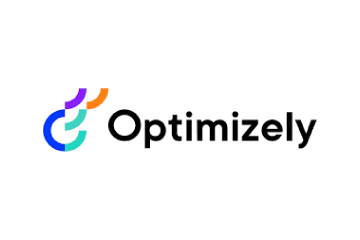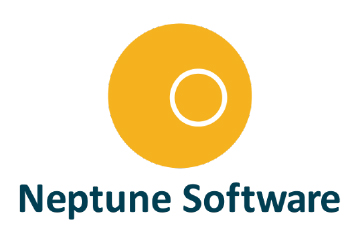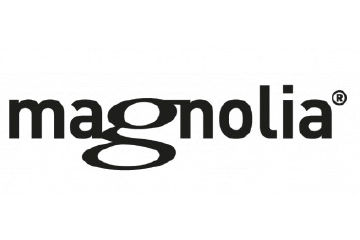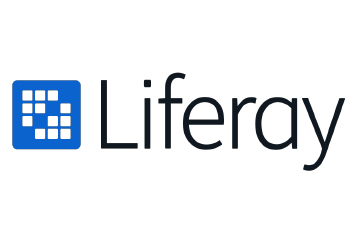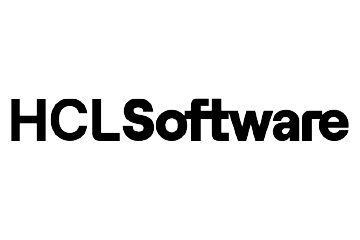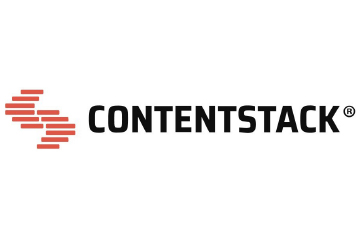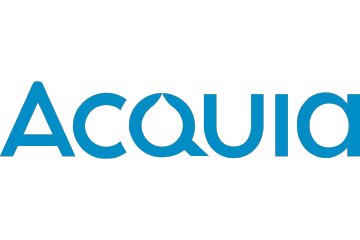Brand on the Dot: Unlocking the Power of gTLDs
Generic top-level domains (gTLDs) can elevate brand trust, visibility, and digital control. How can marketers take advantage?
Topics
What to Read Next
- Storyblocks Introduces AI Toolkit to Empower the Modern Creator
- Iterable Unveils MCP Server to Power AI-Driven Marketing Automation
- Creator Economy Ad Spend to Reach $37 Billion in 2025
- Circana, Yahoo DSP Expand Partnership to Enable Campaign Conversion Feed
- Bombora Expands Integration with StackAdapt
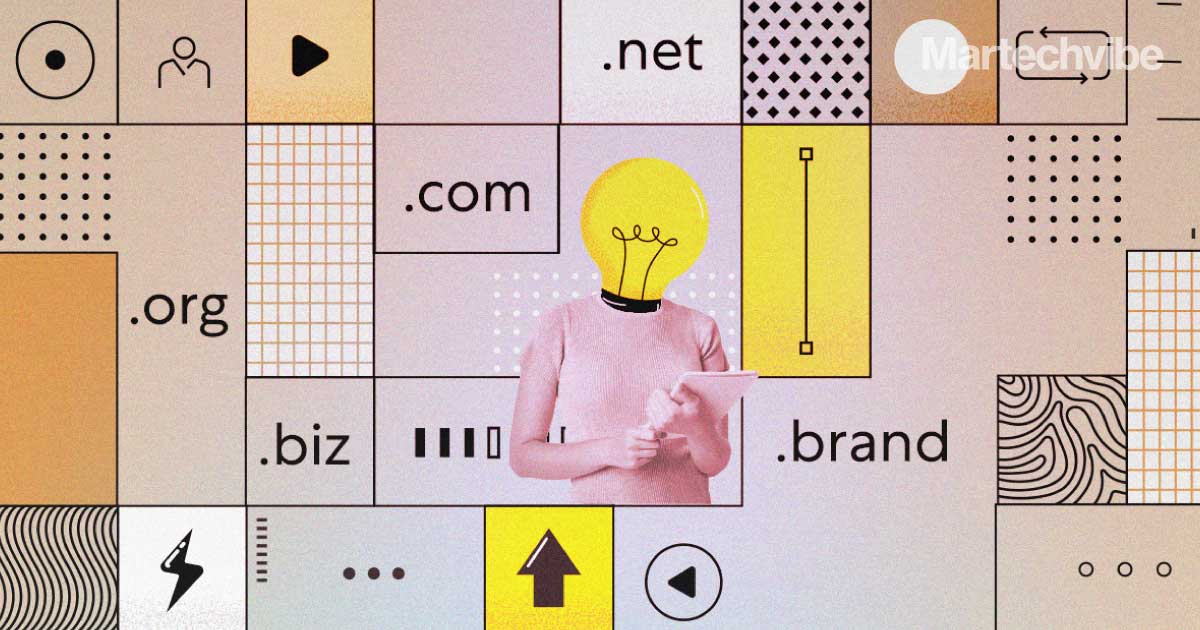
Imagine if your brand could own not just a website—but an entire slice of the Internet. Not another .com or .net, but a custom, branded domain space like .brand, .store, or .finance, exclusively under your control.
That’s exactly what generic top-level domains (gTLDs) offer—and a new global survey shows marketing leaders are starting to wake up to the opportunity. Yet despite the growing recognition of their power, many brands are still flying blind.
A new global survey from the Internet Corporation for Assigned Names and Numbers (ICANN) reveals that generic top-level domains (gTLDs)—those letters that come after the dot in a web address, like .brand, .tech, or .menu—might be one of the most underutilized brand assets available today.
The research reveals that while over half (52%) of marketing leaders see strong potential in gTLDs, nearly a third admit they’re unfamiliar with them altogether. But once the concept is explained, 92% agree that gTLDs could boost brand trust, visibility, and control online.
This is more than a naming convention. It’s a chance to redefine your digital identity—and those who move first will have the most to gain.
ALSO READ: Composability 2025: Shifts in Martech Stack Gravity
The findings show a significant shift in perception once marketing professionals understand what gTLDs are and what they offer. While only 52% initially saw their potential, a staggering 92% recognised clear benefits after being given a proper definition. These benefits include:
- Enhanced brand differentiation (46%)
- Improved customer trust (45%)
- Greater control over online presence (44%)
- Improved SEO performance (44%)
Marketing With a Custom Domain: The Strategic Advantage
Owning a custom gTLD allows brands to control a fully branded digital namespace. Imagine websites like shop.brand, careers.brand, or support.brand—all under your exclusive control. This isn’t just about looking modern. It’s about building brand equity, streamlining user journeys, and increasing digital security and trust.
At a time when 53% of marketing leaders say it’s harder than ever to differentiate from competitors, and over half are struggling to engage the right audience, a gTLD can offer a meaningful edge. It signals credibility, authority, and innovation in a space where attention is hard-won.
The Awareness Gap
Despite the upside, 32% of marketing leaders remain unfamiliar with gTLDs, and just 19% have worked at organizations that previously applied for one. The top three barriers?
- Perceived high costs (31%)
- Knowledge gaps (27%)
- Lack of internal resources (24%)
This disconnect highlights a critical missed opportunity for marketers tasked with leading digital transformation and driving growth. Simply put: many brands are leaving competitive value on the table.
ALSO READ: Media Waste Isn’t an Accident — It’s a Choice
What Marketers Should Do Now
Now is the time for marketing leaders to:
- Audit how a gTLD could enhance your brand architecture
- Engage cross-functional teams early—especially legal, digital, and IT
- Develop a business case rooted in trust, visibility, and user experience
Consumers are more skeptical today so a custom domain can act as a signal of security and authenticity—a private corner of the Internet where customers know they’re in the right place.
Marketers spend millions every year to boost visibility, loyalty, and customer trust. But few are capitalising on a digital asset that can achieve all three—and offer a competitive moat that no one else can replicate.
With the next gTLD window opening soon, now’s the moment to ask: What could your brand achieve if it owned its own corner of the Internet?
ALSO READ: Value Orchestration is What’s Next for Customer Success




